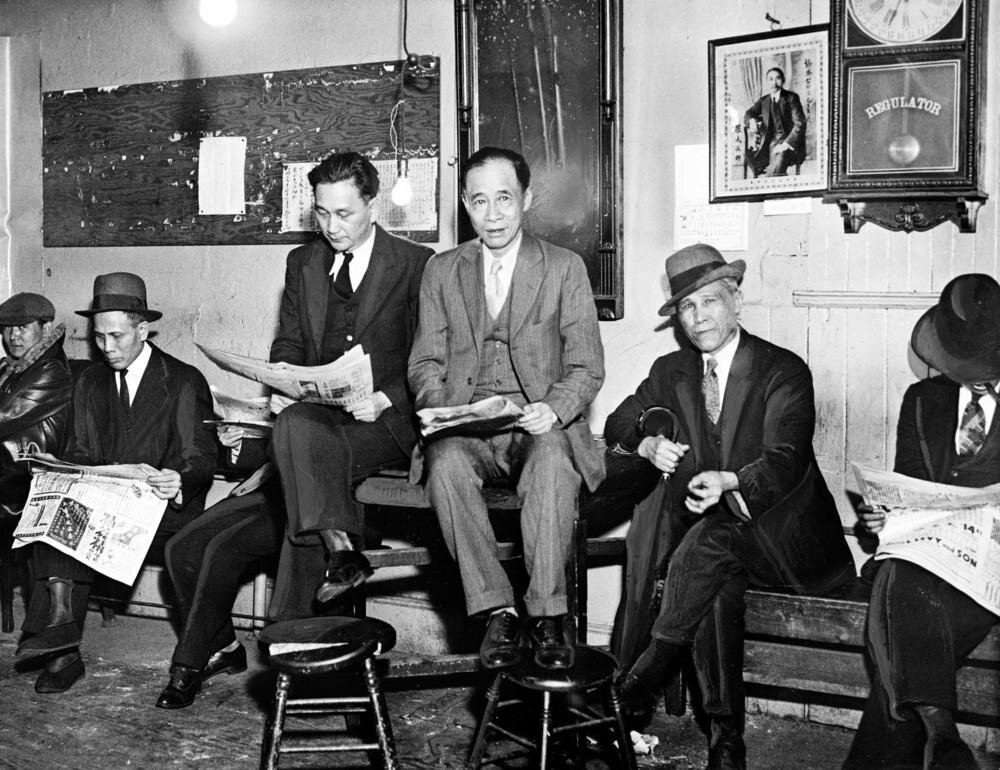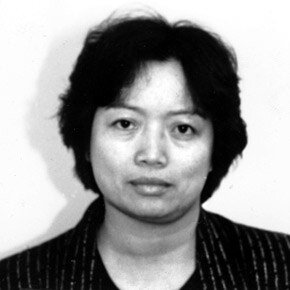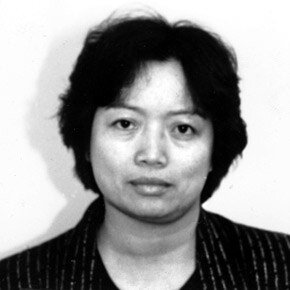
From Psych to Sons of Anarchy to Iron Fist, Chinese-American gangs have been depicted in our fiction media as a mysterious, martial-arts based criminal enterprise. Unfortunately, Asian-American gangs have not been as intensely studied as Hispanic or African-American gangs, especially due to their lack of prevalence in modern day America. Today, Asians are considered “model minorities,” as they presently have a reputation for low crime rates in the United States.
However, a century ago, the “Yellow Peril” was one of the most feared of the minority groups both in fictional and news media. (The difference between Triads, Tongs, and Black Societies: Triads are Hong Kong, Macau, and Taiwan- based criminal organizations. Tongs are fraternal organizations and secret societies, often overseas, some of which are completely legitimate and some of which participate in criminal activity, and Black Societies are mainland Chinese criminal organizations.)
Origins for Chinese Gangs in America

Chinese-Americans are the largest and oldest Asian ethnic group in the U.S. Chinese immigrants began coming to the United States in the 1840s, usually seeking work as contract laborers looking to benefit from the economic growth in the U.S. and to send money back to China for their families. Later, many Chinese immigrants began working on the Transcontinental Railroad.
However, anti-Chinese sentiments grew in the West, especially as the economy faced a downturn, with fear from white laborers that Chinese were taking white jobs. White hoodlums threatened, harassed, and attacked Asian people. In 1876, Chinese were outlawed from working on public works projects in California. These attitudes and laws, as well as the completion of the Transcontinental Railroad, had many Chinese and other Asian groups migrating East. Still, even after moving into cities in the East, they began to gain a negative reputation. They were foreign and often lived in the poor parts of town overridden with gangs of other ethnicities and nationalities, like Irish and Germans.
The first “tong,” meaning something akin to “hall” or “meeting place,” in the U.S. was formed in San Francisco. Originally a Qing Dynasty creation, tongs were first formed in the U.S. as societies to provide aid to other Chinese immigrants and provide a place of community for those who felt isolated and harassed as they struggled to adapt to American ways. Due to a lack of finances for community projects, tongs turned to illegal practices to fund their endeavors. Some of these practices were legal in China, but not the U.S., such as gambling. Even on the East Coast, Chinese were now being derided as immoral and inferior to whites. They were stereotyped as “godless heathens” who smoked opium and ate rats and dogs. This attitude culminated in the 1876 Page Act, which prohibited the immigration of ALL Chinese women and the 1882 Chinese Exclusion Act, which prohibited the immigration of Chinese laborers. This act would be renewed in 1892 and later would prohibit the immigration of all Asian laborers.
Tong Wars

Prior to the wave of discrimination stemming from the 1870s depression and growing Anti- Chinese sentiments, only a small portion of Chinese immigrants were involved in crime and there was virtually no major crime – only petty crime such as gambling, opium trade, thievery, and prostitution.
From the 1880s-1930s, major crimes rose among tongs and violent gang wars broke out in San Francisco, Chicago, and New York City. Tongs were now involved with hit men, drug lords, crooked cops, and city officials. Their illicit involvements grew as tongs splintered and formed rivalries.

Gangs would utilize salaried soldiers called “hatchet men” for their proclivity towards using hatchets as their favored melee weapon in the early years to fight gang wars over territories, opium, prostitution, and gambling. These hatchet men made up approximately 20% of tong members and were usually from lower classes. While originally using cleavers, knives, and hatchets, they later switched to guns, particularly revolvers, to fight these gang wars. New York City saw four major tong wars fought between the 1900s and the 1930s.
Many of these were fought over the human trafficking of Chinese women, who had been banned from entering the U.S. from 1876 to 1943 unless they were the wives or daughters of merchants granted immigration to the U.S.
The Legacy of Chinese Gangs
Falling favor with the Chinese community and the destruction of Chinatown in the 1906 earthquake ended the tong wars in San Francisco. The tong wars of Chicago and New York city also eventually died out over the next few decades. Nowadays, tongs, while still secret fraternal organizations, primarily provide essential services to Chinese immigrants. Groups such as the Triads and individual, unaffiliated street gangs have taken on the more violent roles that tongs occupied in the early 20th century.
Chinese crime took on a different form as the tides began to change in China. A loose group known of human smugglers known as the Snakeheads operated in the 1960s-1990s to get people out of Mao’s repressive regime in China and into the U.S.
“…better business than drug trafficking. More profit, less risk. You get caught and plead guilty right away, you only go to jail for six months.”
Steven Wong, Chinatown community leader
Smuggling Chinese into the U.S. meant exorbitant fees (a $5,000 USD down payment with a full $30,000 USD owed later in one instance) and later became extortion, where gang members would hold new arrivals hostage and torture them for the money owed or additional fees. By the mid-1990s, the Snakehead trade from China to the U.S. was an estimated $3.5 billion industry.
One of the most well-known Snakeheads was known as Sister Ping, a woman who emigrated from China to the U.S. in 1981. She established a remittance business for emigrants to send money back to China. Her vast network enabled her to create a human smuggling operation and she soon became known as the gold standard for smuggling illegal immigrants into the U.S. through intermediary countries, such as Hong Kong, Thailand, and central American countries. Sister Ping was later caught and arrested, but many in the Chinese community still viewed her as a paragon helping to free people from a repressive regime rather than a criminal.

Individual gangs offer similar perks to gangs of other ethnicities and are usually involved in activities such as gambling, prostitution, smuggling, extortion, money laundering, counterfeiting, drugs, and fraud. Asian youth gangs are particularly known from “home invasions,” where they invade a family home, tie up members, and beat, rape, and torture members until they pay them in valuables for money. This is usually done to members of their own communities as Asian immigrants are the least likely to report a crime.
The Triads are a transnational organized crime syndicate with roots dating back centuries, though their rise occurred primarily outside of the United States, particularly in Hong Kong and other British-occupied Chinese-speaking territories. Most triad societies formed between the end of World War I and the beginning of World War II. By the 1950s, an estimated 300,000 triads lived in Hong Kong. The Triads still operate today as loosely-affiliated criminal organizations, with their hands in most forms of crime, from copyright infringement to murder. Although they have some remnant traditions, worships, punishments, and initiation ceremonies (also traditions that are shared with early Tongs), they are not fundamentally different than other criminal organizations.
The Triads, Tongs, and other Black Societies of our 20th and 21st centuries were and are not mystical-power-wielding martial arts ninjas operating mysteriously behind a foreign and sensationalized veil. Their gang wars were not unlike other contemporary gang wars. Nor were their methods of fighting any different. They used knives, cleavers, hatchets, and revolvers. They fought turf wars for much of the same reasons: control over criminal activities, territory disputes, and personal offenses. They also arose for the same reason many other ethnic gangs did in the U.S. – protection and community when the law was against them.
For more on the experiences of Chinese immigrants and Chinese-Americans, you can watch PBS’s Becoming American: The Chinese-American Experience.
